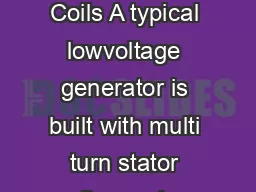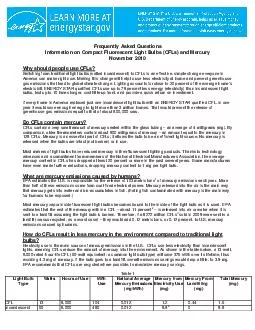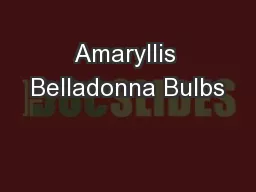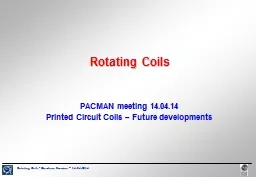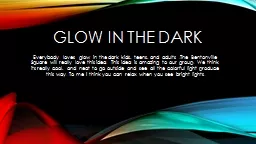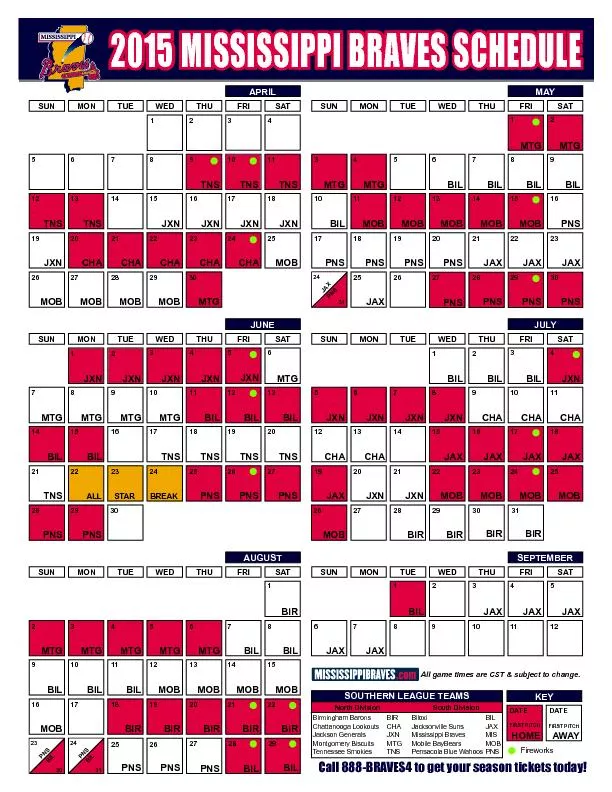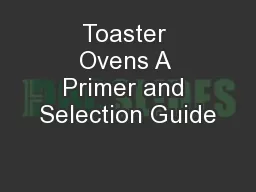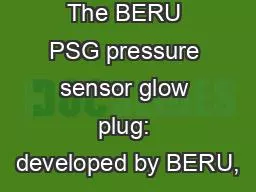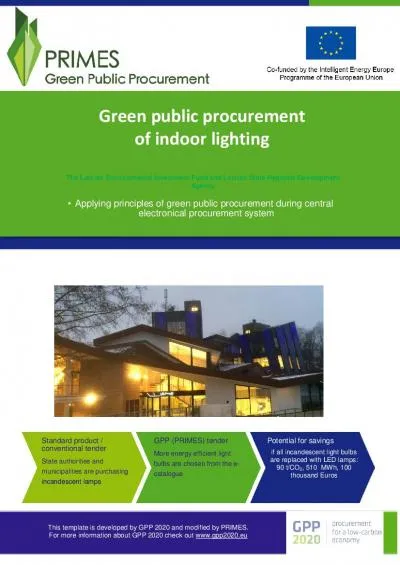PPT-Hot objects glow (toaster coils, light bulbs, the sun).
Author : skylar | Published Date : 2023-09-23
As the temperature increases the color shifts from Red to Blue Blackbody Radiation Blackbody Radiation Spectrum Visible Light 04 m m to 07 m m Blackbody Radiation
Presentation Embed Code
Download Presentation
Download Presentation The PPT/PDF document "Hot objects glow (toaster coils, light b..." is the property of its rightful owner. Permission is granted to download and print the materials on this website for personal, non-commercial use only, and to display it on your personal computer provided you do not modify the materials and that you retain all copyright notices contained in the materials. By downloading content from our website, you accept the terms of this agreement.
Hot objects glow (toaster coils, light bulbs, the sun).: Transcript
Download Rules Of Document
"Hot objects glow (toaster coils, light bulbs, the sun)."The content belongs to its owner. You may download and print it for personal use, without modification, and keep all copyright notices. By downloading, you agree to these terms.
Related Documents


